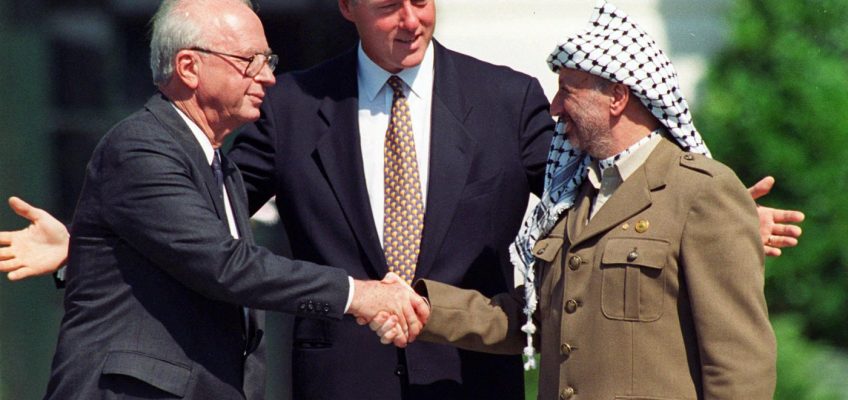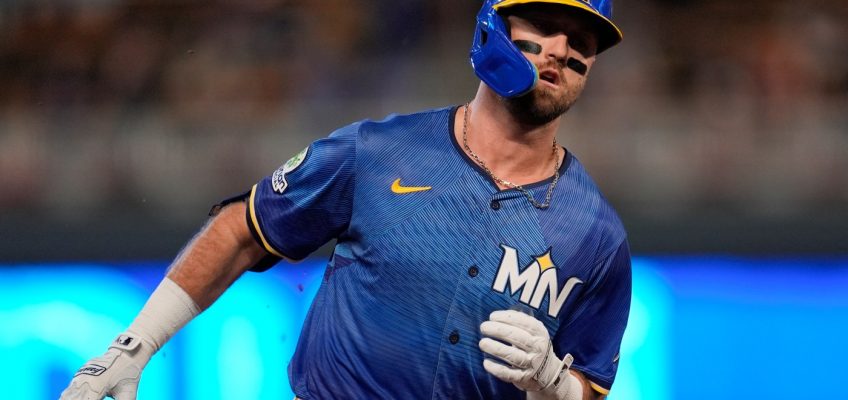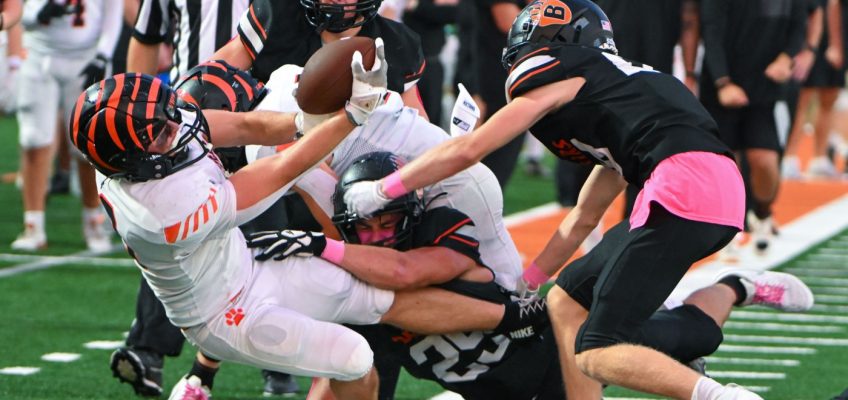Today is Saturday, Sept. 13, the 256th day of 2025. There are 109 days left in the year.
Today in history:
On Sept. 13, 1993, at the White House, Israeli Prime Minister Yitzhak Rabin and PLO chairman Yasser Arafat shook hands after signing an accord granting limited Palestinian autonomy.
Also on this date:
In 1788, the Congress of the Confederation authorized the first national election and declared New York City the temporary national capital.
Related Articles
Meth burn by FBI smokes out Montana animal shelter
Fans bid farewell to beloved California octopus Ghost as she cares for eggs in final stage of life
The world’s tallest sunflower blooms in an Indiana backyard as a tribute to Ukraine
False threat led to Naval Academy lockdown and then a mistaken shooting
Federal government sues Uber over alleged discrimination against people with disabilities
In 1948, Republican Margaret Chase Smith of Maine was elected to the U.S. Senate; she became the first woman to serve in both houses of Congress.
In 1971, a four-day inmate rebellion at the Attica Correctional Facility in western New York ended as police and guards stormed the prison; the ordeal and final assault claimed the lives of 32 inmates and 11 hostages.
In 1997, a funeral was held in Kolkata, India, for Nobel peace laureate Mother Teresa.
In 2008, crews rescued people from their homes in an all-out search for thousands of Texans who had stayed behind overnight to face Hurricane Ike.
In 2010, Rafael Nadal beat Novak Djokovic to win his first U.S. Open title and complete a career Grand Slam.
In 2021, school resumed for New York City public school students in the nation’s largest experiment of in-person learning during the COVID-19 pandemic.
Today’s Birthdays:
Actor Barbara Bain is 94.
Nobel Peace Prize laureate Óscar Arias is 85.
Rock singer David Clayton-Thomas (Blood, Sweat & Tears) is 84.
Actor Jacqueline Bisset is 81.
Singer Peter Cetera is 81.
Actor Jean Smart is 74.
Record producer Don Was is 73.
Chef Alain Ducasse is 69.
Rock singer-musician Dave Mustaine (Megadeth) is 64.
Olympic gold medal sprinter Michael Johnson is 58.
Filmmaker Tyler Perry is 56.
Fashion designer Stella McCartney is 54.
Former tennis player Goran Ivanisevic (ee-van-EE’-seh-vihch) is 54.
Country musician Joe Don Rooney (Rascal Flatts) is 50.
Singer-songwriter Fiona Apple is 48.
Actor Ben Savage is 45.
Soccer player Thomas Müller is 36.
Rock singer Niall Horan (One Direction) is 32.
Actor Lili Reinhart (TV: “Riverdale”) is 29.




